by GardenLover | Feb 24, 2015 | Trendspotting
Ten ways to brighten your 2015 garden
By Teresa Woodard
Blame it on cabin fever, but I’m giddy over the jackpot of spring gardening ideas showcased at the recent Columbus Home & Garden Show. White kale and golden forsythia branches for spring container gardens. Out-of-the-ordinary conifers in bright yellow, two-tone colors and funky shapes. A 10-foot waterwall for a patio. Disney-esque fountains for the backyard. And even some new twists on those ever-popular pollinator houses.
With fellow blogger Michael Leach as my guide, I snapped lots of pictures to share with Heartland Gardening readers. Let us know ideas you’re “Pinning” for this year’s garden.
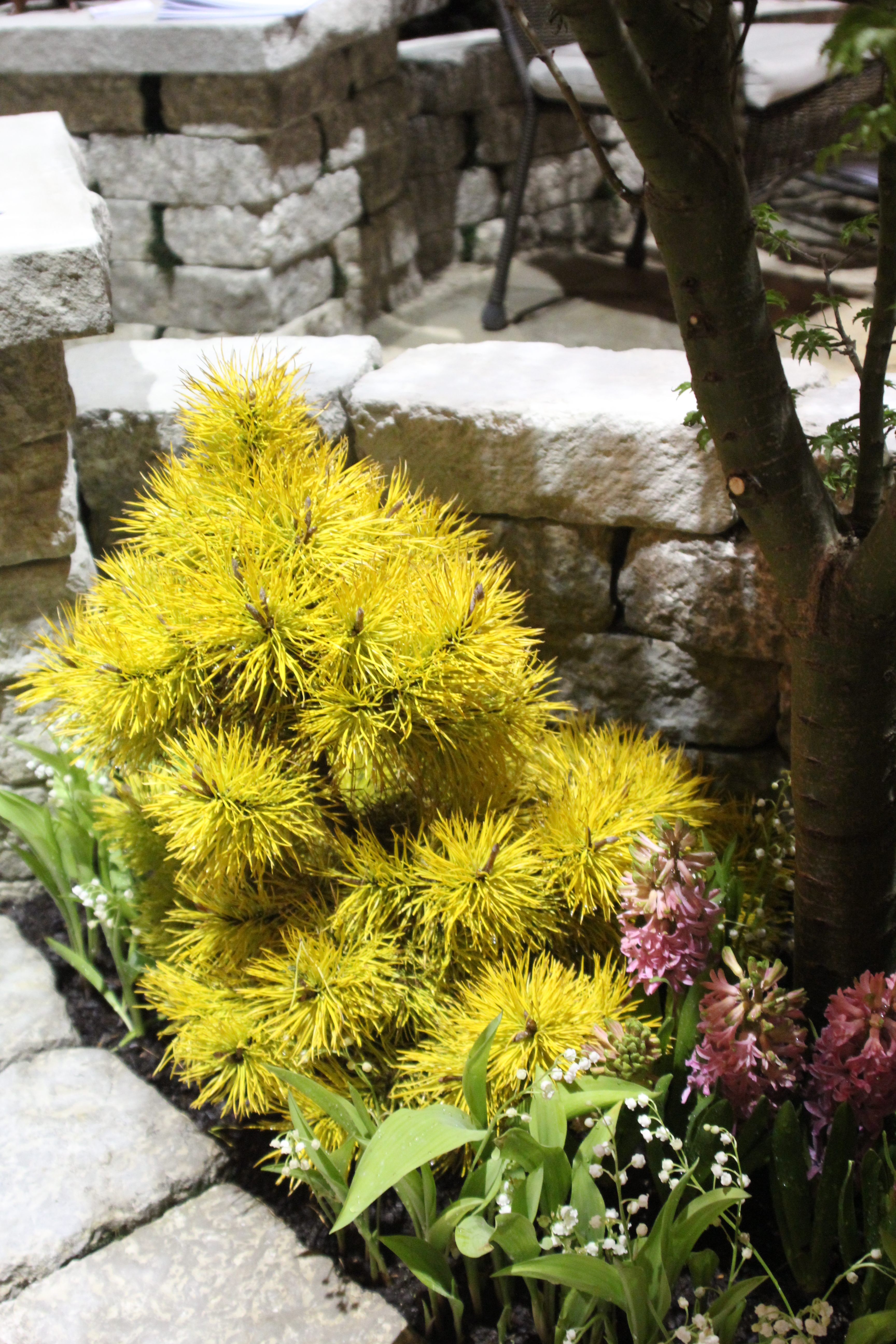 Known for its bright yellow winter color, this Pinus contorta ‘Chief Joseph’ is a winner in a snowy landscape.
Known for its bright yellow winter color, this Pinus contorta ‘Chief Joseph’ is a winner in a snowy landscape.
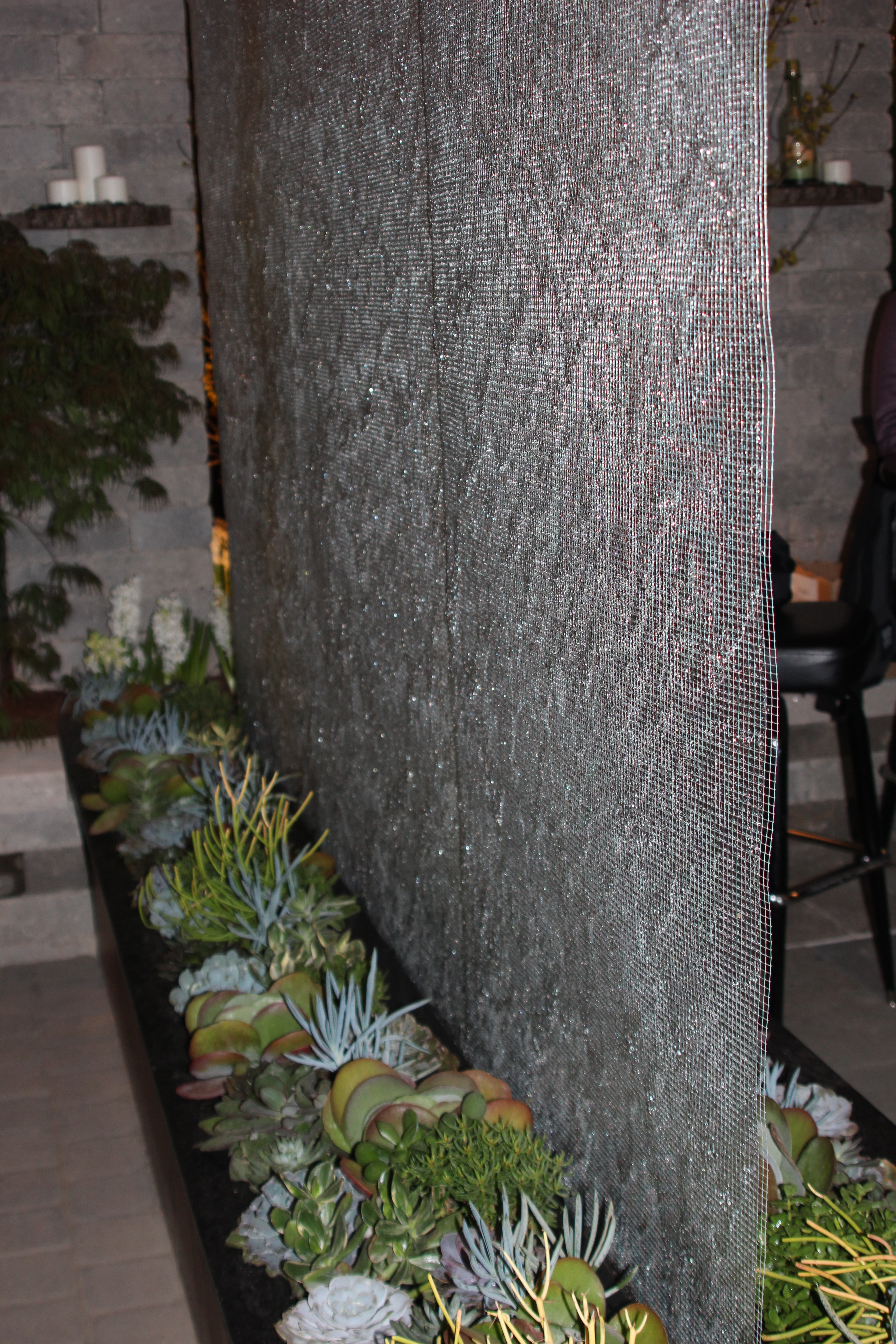 A unique water feature that brings a soothing sound and visual appeal to this outdoor bar design.
A unique water feature that brings a soothing sound and visual appeal to this outdoor bar design.
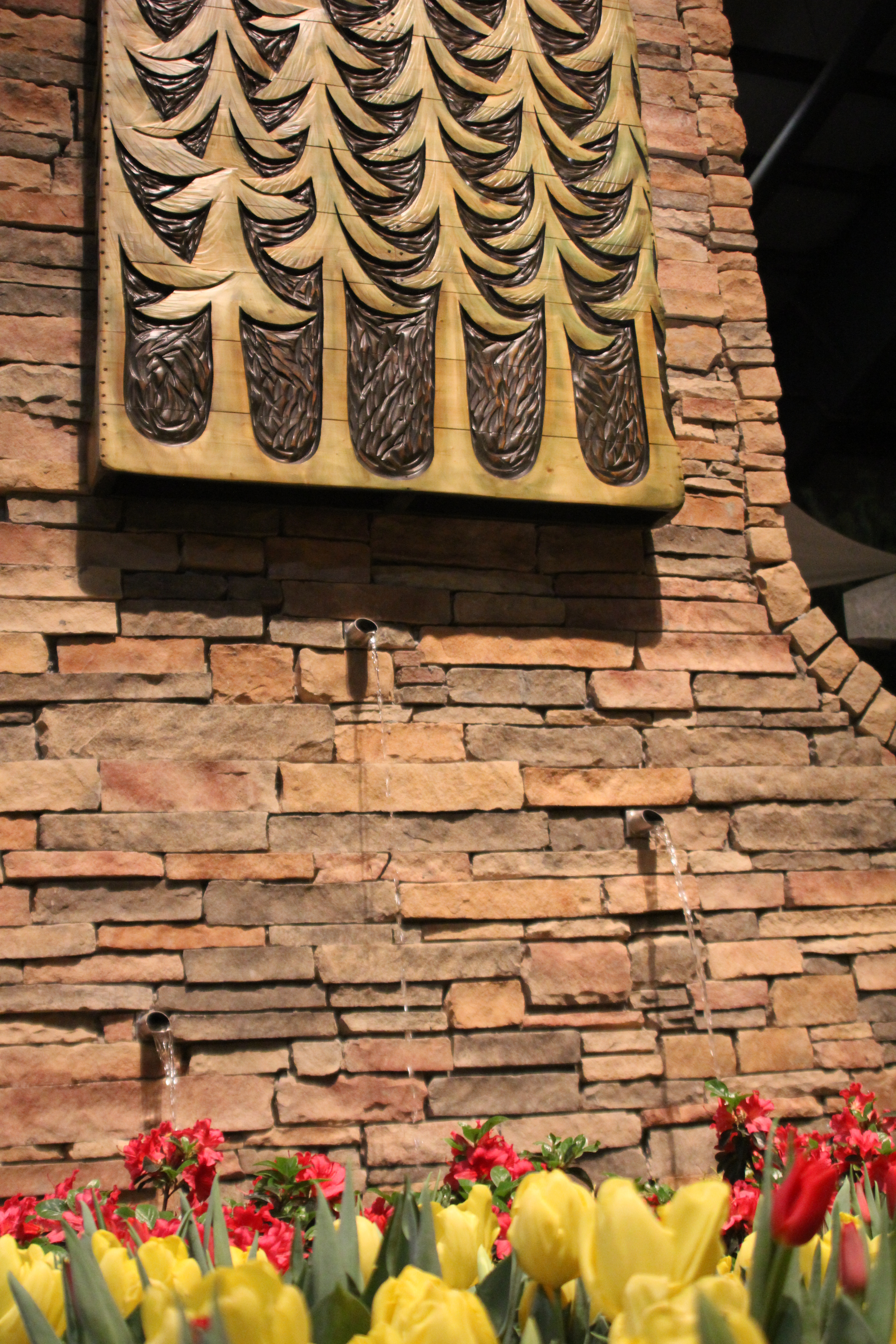 A great water feature for tight spaces and an eye-catching sculpture carved from an old wooden palette.
A great water feature for tight spaces and an eye-catching sculpture carved from an old wooden palette.
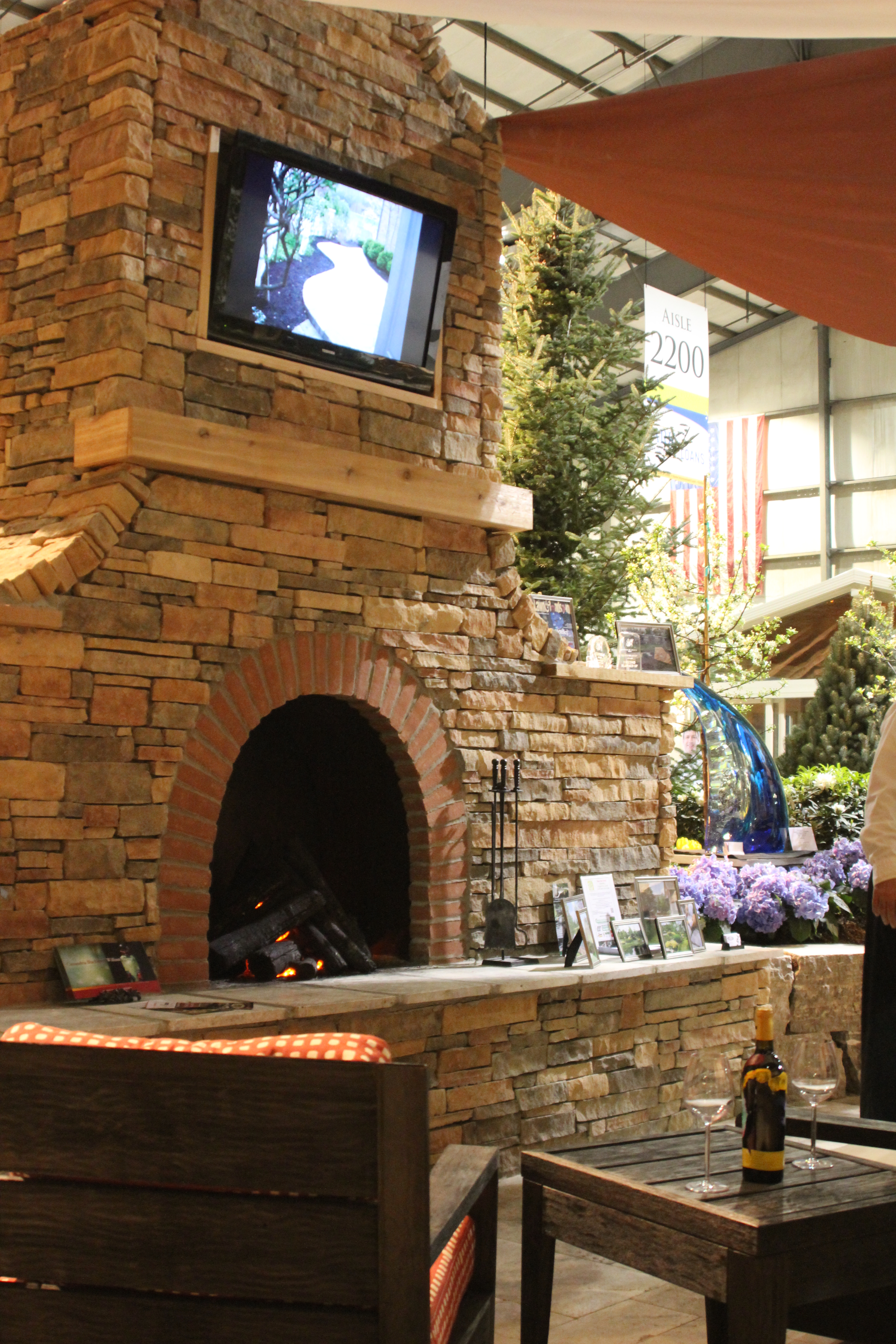 A two-sided fireplace is shaded by an attractive sail cloth.
A two-sided fireplace is shaded by an attractive sail cloth.
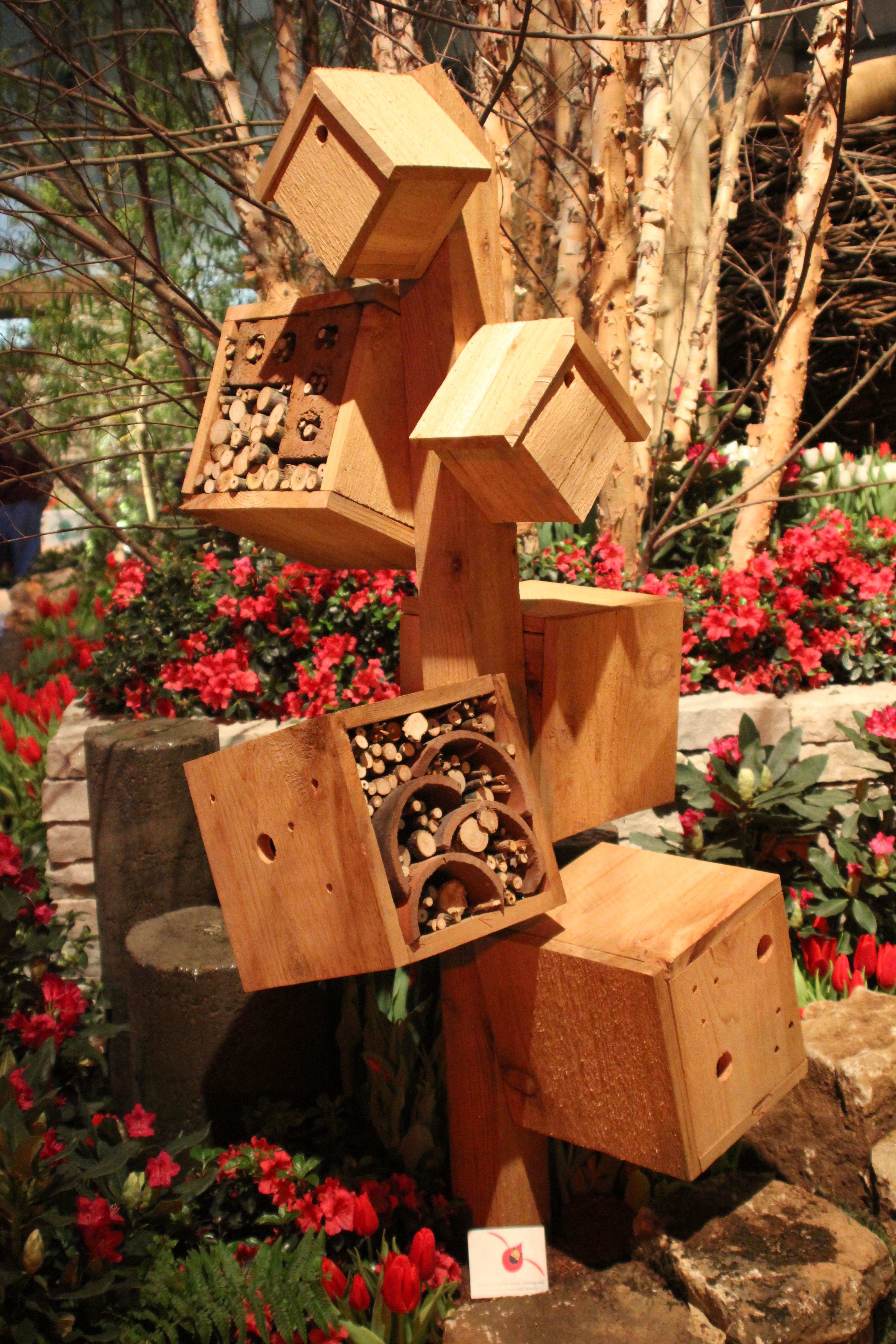 This pollinator hotel by Steven Maravich offers plenty of rooms for beneficial insects.
This pollinator hotel by Steven Maravich offers plenty of rooms for beneficial insects.
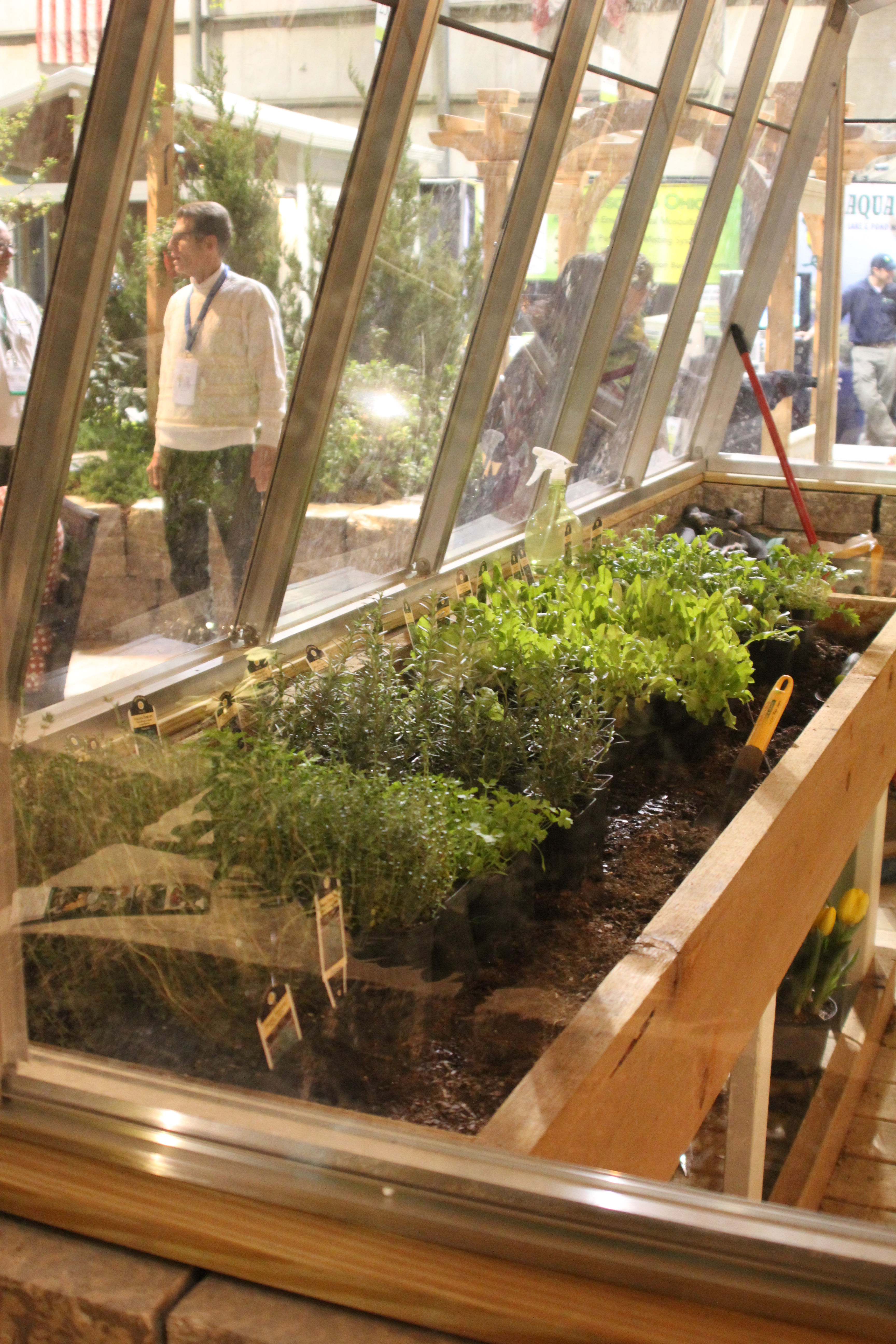 Greenhouses are becoming popular with backyard gardeners who want to grow food year-round.
Greenhouses are becoming popular with backyard gardeners who want to grow food year-round.
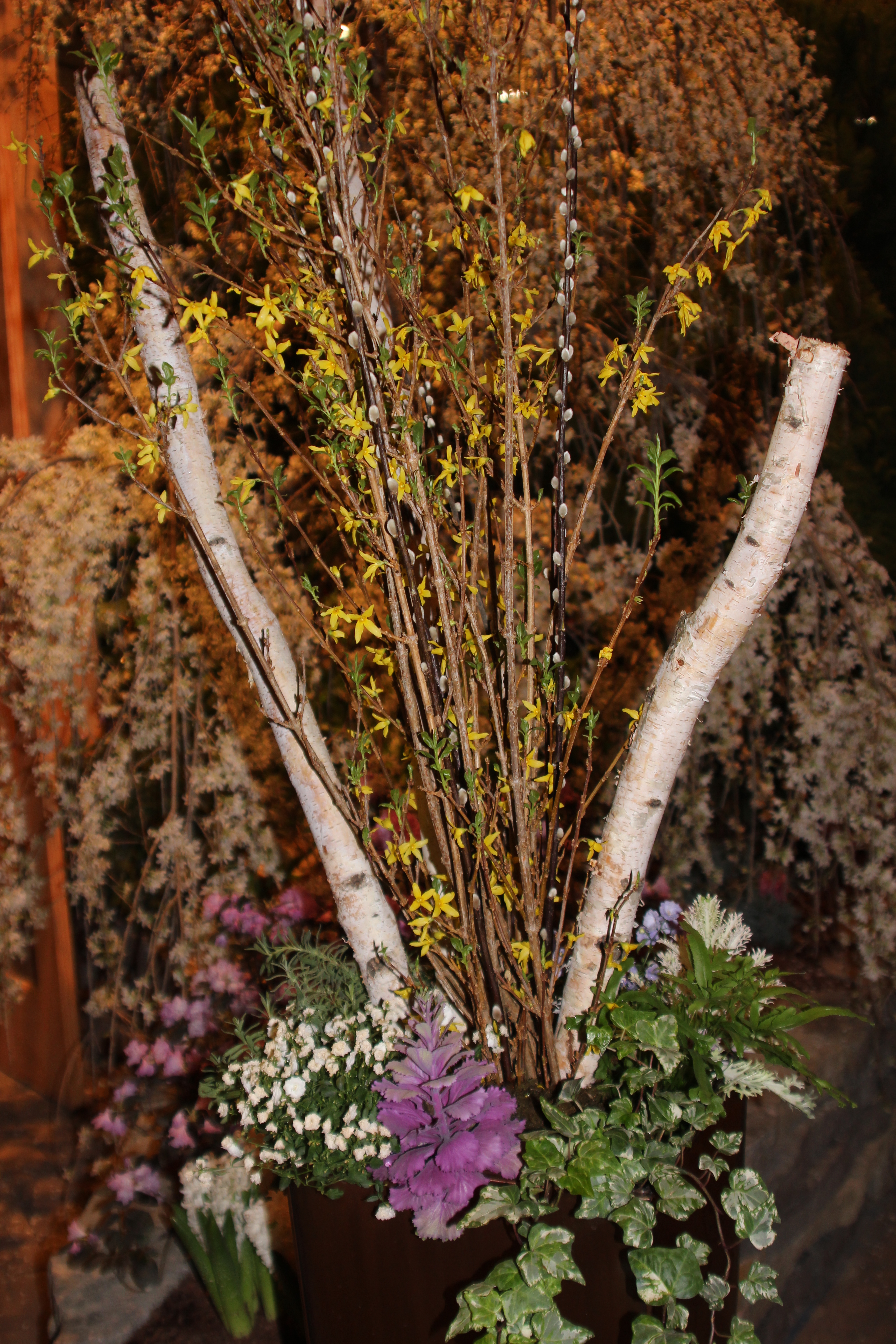 Ornamental kale is not just for fall displays. Here, Warwick’s Landscaping uses kale with birch logs, pussy willow, forsythia and ivy.
Ornamental kale is not just for fall displays. Here, Warwick’s Landscaping uses kale with birch logs, pussy willow, forsythia and ivy.
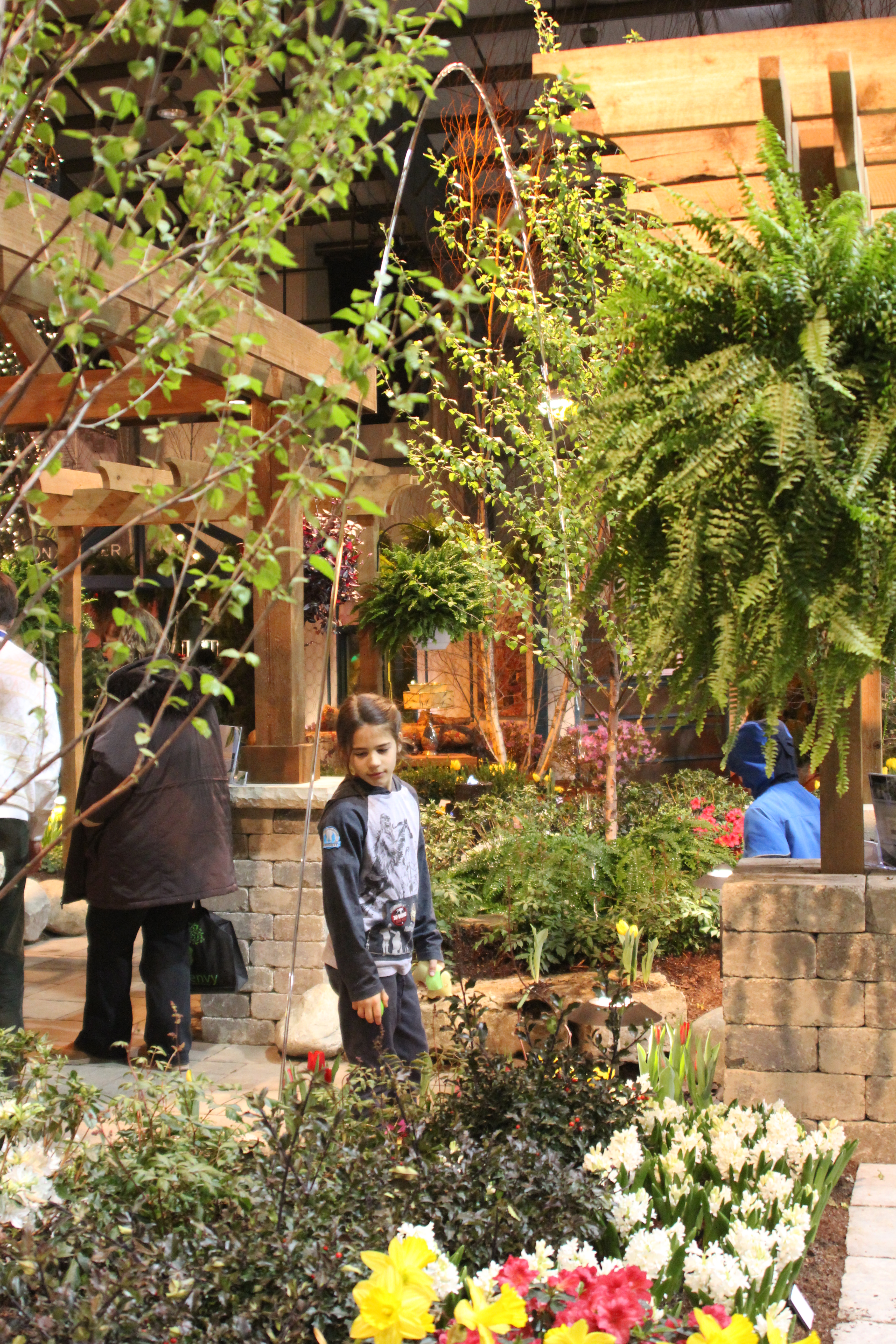 This fountain creates an arched entry to this garden design by Landscape Design Solutions.
This fountain creates an arched entry to this garden design by Landscape Design Solutions.
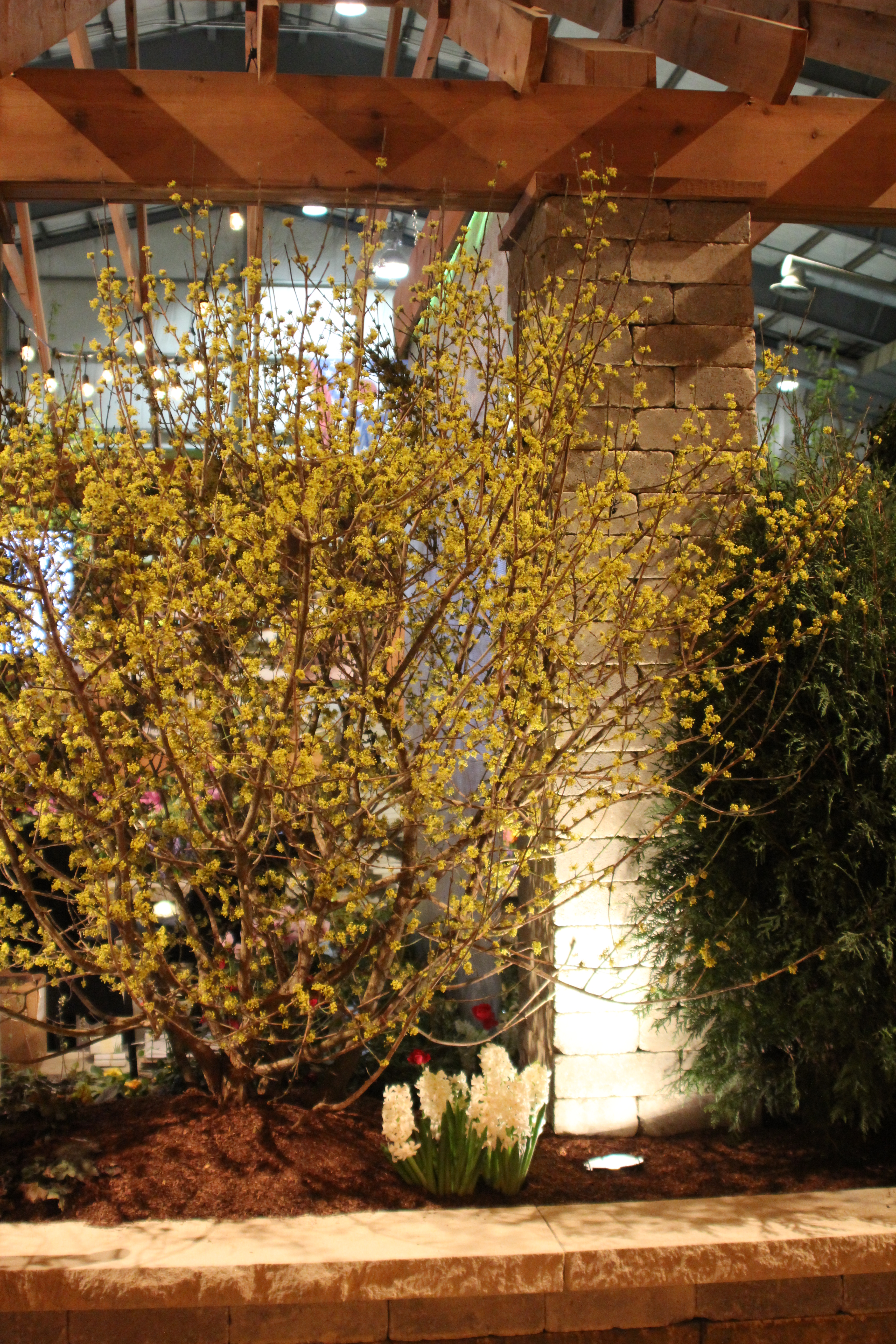 This blooming cornelian cherry dogwood (Cornus mas ‘Golden Glory’) is a crowd stopper at Warwick’s display. The multi-stemmed shrub blooms with star-like yellow flowers in later winter.
This blooming cornelian cherry dogwood (Cornus mas ‘Golden Glory’) is a crowd stopper at Warwick’s display. The multi-stemmed shrub blooms with star-like yellow flowers in later winter.
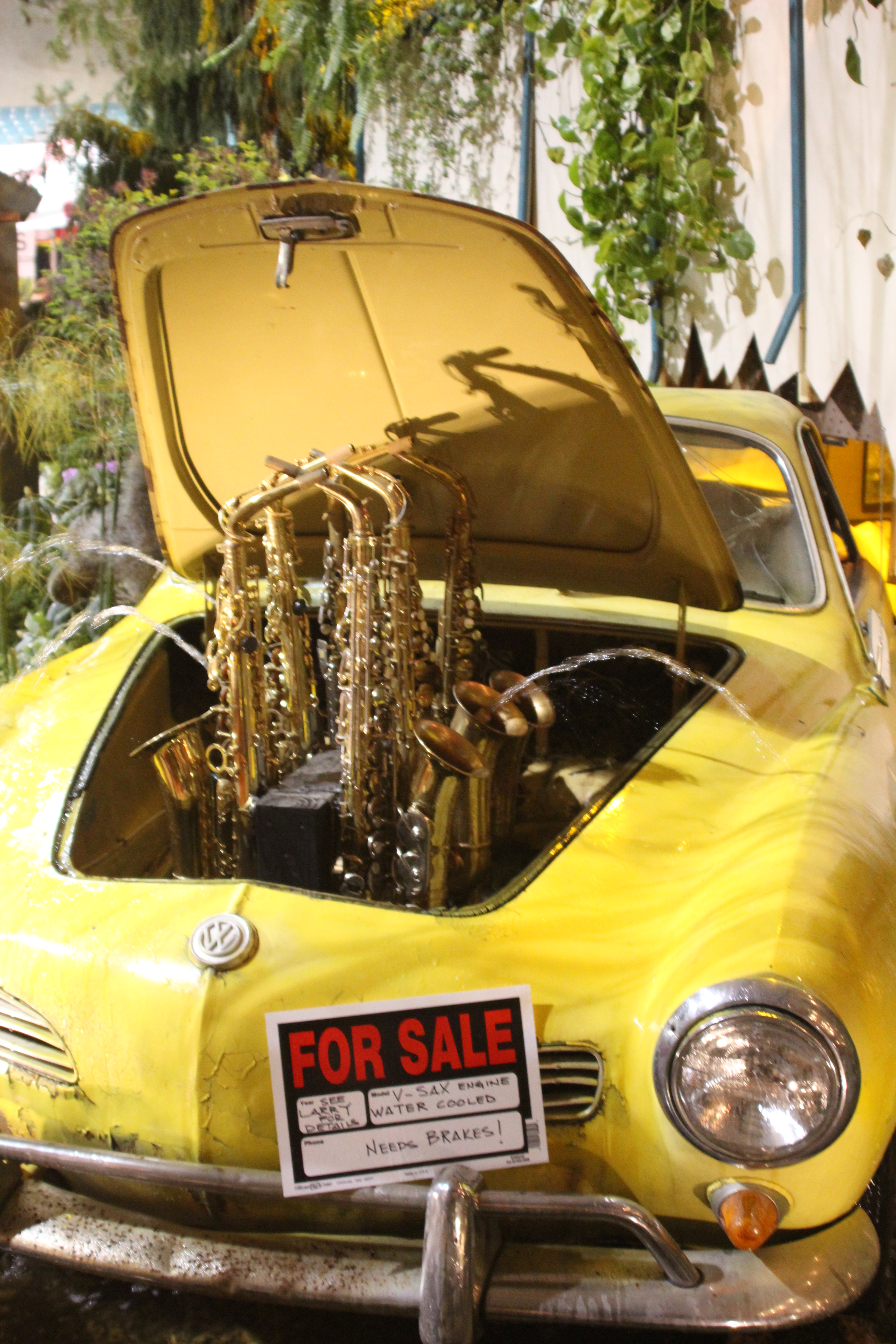 Larry Burchfield and his team at Cedarbrook Landscaping offered another fun-filled, themed garden with its “Saturday Night Fever” design. It highlights many vintage finds from this fountain of saxophones to a set of old bed springs turned into a bed of succulents.
Larry Burchfield and his team at Cedarbrook Landscaping offered another fun-filled, themed garden with its “Saturday Night Fever” design. It highlights many vintage finds from this fountain of saxophones to a set of old bed springs turned into a bed of succulents.
 It’s disco fever – or perhaps spring fever – for Teresa and Michael at the Home & Garden show.
It’s disco fever – or perhaps spring fever – for Teresa and Michael at the Home & Garden show.
by GardenLover | Feb 17, 2015 | Trendspotting
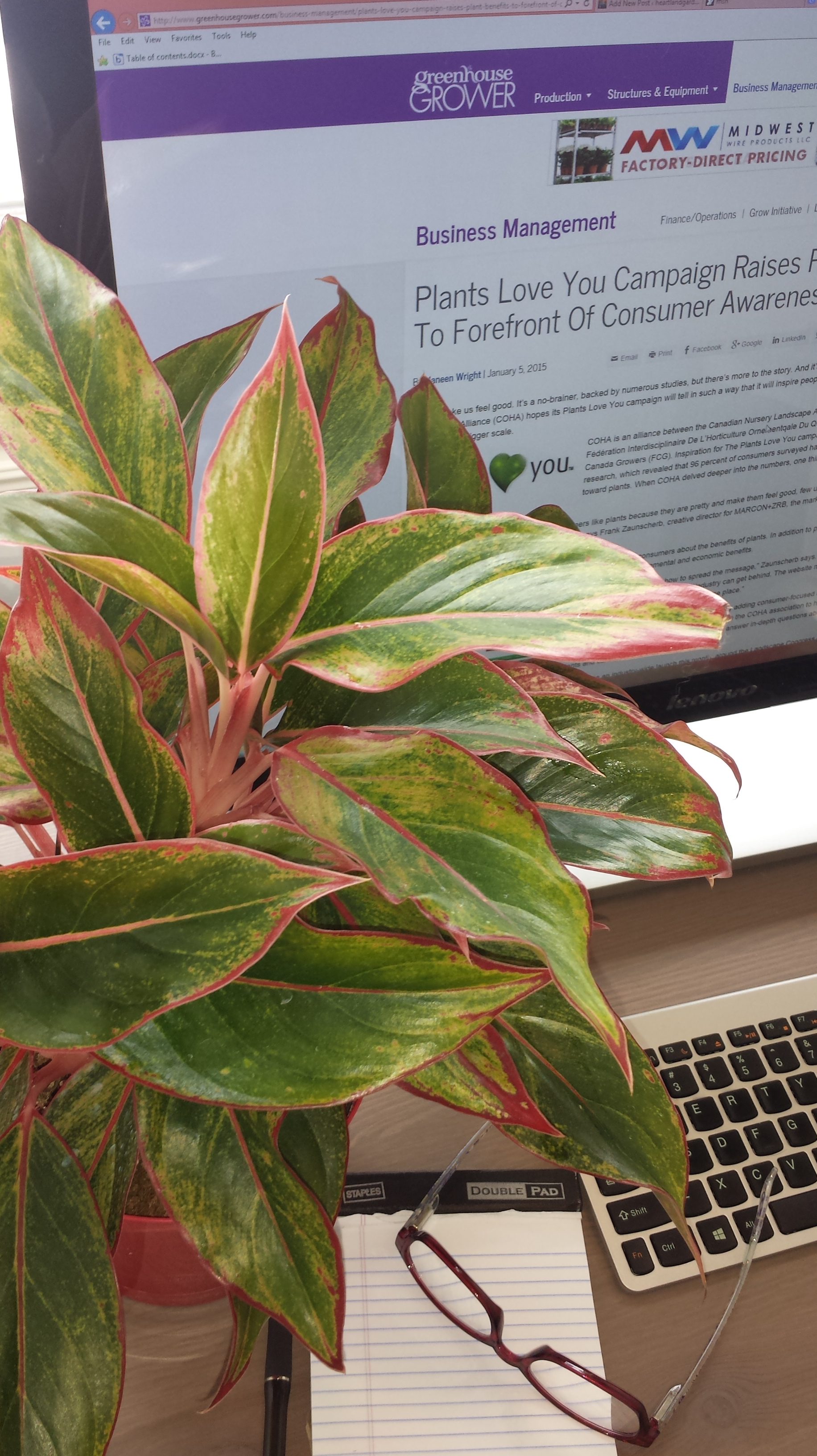 Science helps industry tout plant benefits to boost sales
Science helps industry tout plant benefits to boost sales
By Michael Leach
Brace yourselves.
Instead of being merely muddy and vaguely nerdy, we gardeners will soon appear cool and with-it to our family, friends and perhaps the rest of the world.
In order to sell more flora, the horticultural industry is touting scientific studies showing positive effects of plants. Meanwhile, interior designers are rediscovering gardens and nature and predicting such themes as trendy in 2015. (More on this in an upcoming report.)
Today we’ll look an industry campaign showing ways plants help people, from stress relieve to a better environment. (We recently discovered some of their erotic effects in Teresa’s review of Plants with Benefits.)
The sales approach is a far cry from the traditional song and dance about new varieties and bigger flowers and fruit — stuff only gardens care about. Science is proving what gardeners have always known, plants are good for you and working with them is even better.
Plants Love You — GreenhouseGrower, a horticultural industry trade magazine, reports the Canadian Ornamental Horticulture Alliance is promoting a campaign aimed at inspiring people to make plants a part of their life. The theme is Plants Love You.
The goal is “… to educate consumers about the benefits of plants. In addition to pushing plants’ aesthetic benefits, the campaign produces documented health, environmental and economic benefits.”
Plants “pay you” —Trees, for instance, score in environmental and economic ways. “They provide cooling shade that can reduce air conditioning costs, sequester carbon dioxide (the notorious greenhouse gas), while releasing oxygen, and provide windbreaks.” Don’t forget they can be beautiful and fruitful, too. 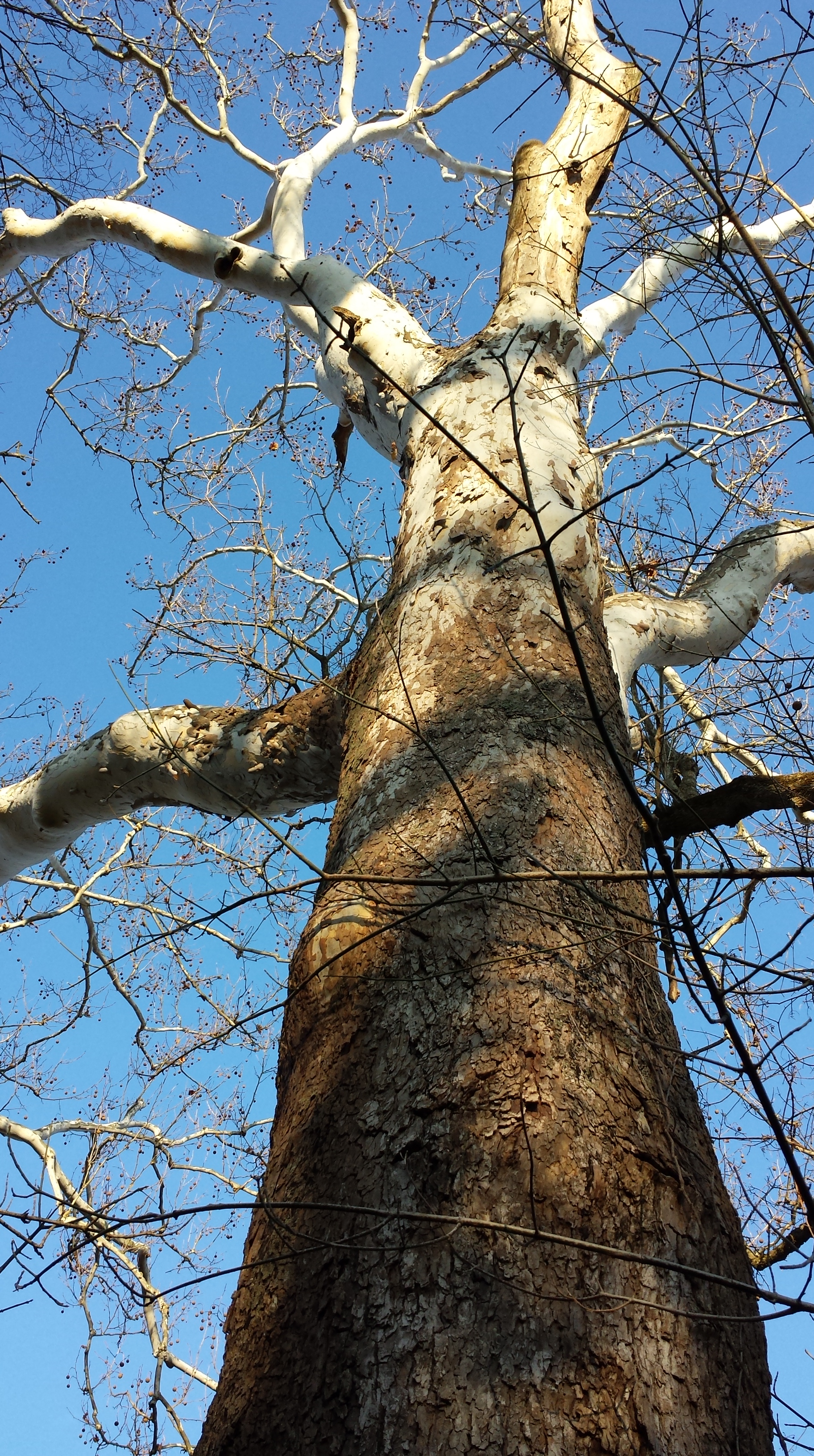
As for that humble pothos and other potted plants on countless cubicle desks — drum roll please!
Plants improve your memory — “A recent study indicated people received a 20 percent increase in memory and concentration in the presence of ornamental plants at work.” The report adds, “Researchers believe the calming influence of a natural environment increases the ability to concentrate on the task at hand. Work performed in the presence of plants was of higher quality and completed more accurately than in an environment without plants.”
One must presume these plants are in a healthy condition. Some of the potted flora we’ve seen over the years would more likely inspire depression, given their withered leaves and scrawny stature. Still, my home office is going to get much greener — before I forget again.
Helpful websites — Along with the Canadian program, a couple of Florida growers were cited for making sales from telling buyers the positives of plants. Both have websites that can help we Midwest types in buying houseplants and summer tropicals.
Check out Costa Farms and Delray Plants. The latter has its own trademarked line of “Plants with Benefits.” Those shopping for houseplants will find easy-to-access information, presented in visually appealing ways.
If you know other nurseries or garden centers with especially useful websites, please send them along.
(Writer’s note: This is another of our now-and-then posts focusing on why you H.A.V.E. to garden — to benefit your health, attitude, property values and environment.)
On Thursday at 1 p.m., Michael will answer gardening questions as part of a Garden Guru panel at the Columbus Home & Garden Show. He’ll also be leading Garden Showcase Tours at noon on several days at the show.
by GardenLover | Jan 15, 2015 | Trendspotting
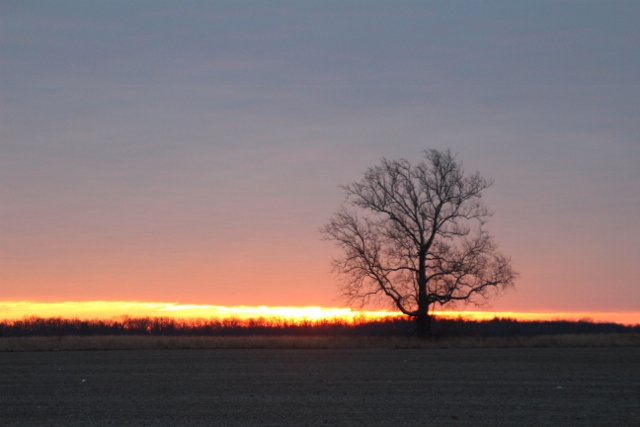 By Teresa Woodard
By Teresa Woodard
Welcome to the new year and what’s promising to be a bright one for gardeners!
According to the Greenhouse Grower’s 2015 State of the Industry Survey, 71 percent of growers report 2014 sales increases over 2013, and that sales growth is spurring optimism for 2015, with 73 percent of growers saying they expect to increase production volume for the coming season.
The positive outlook is dittoed in the Garden Media Group’s 2015 Garden Trend Report. Check out this handful of interesting trends:
· New gardening faces: The garden industry is welcoming two growing population segments – the Millennials (ages 18-35 years) and Hispanics. 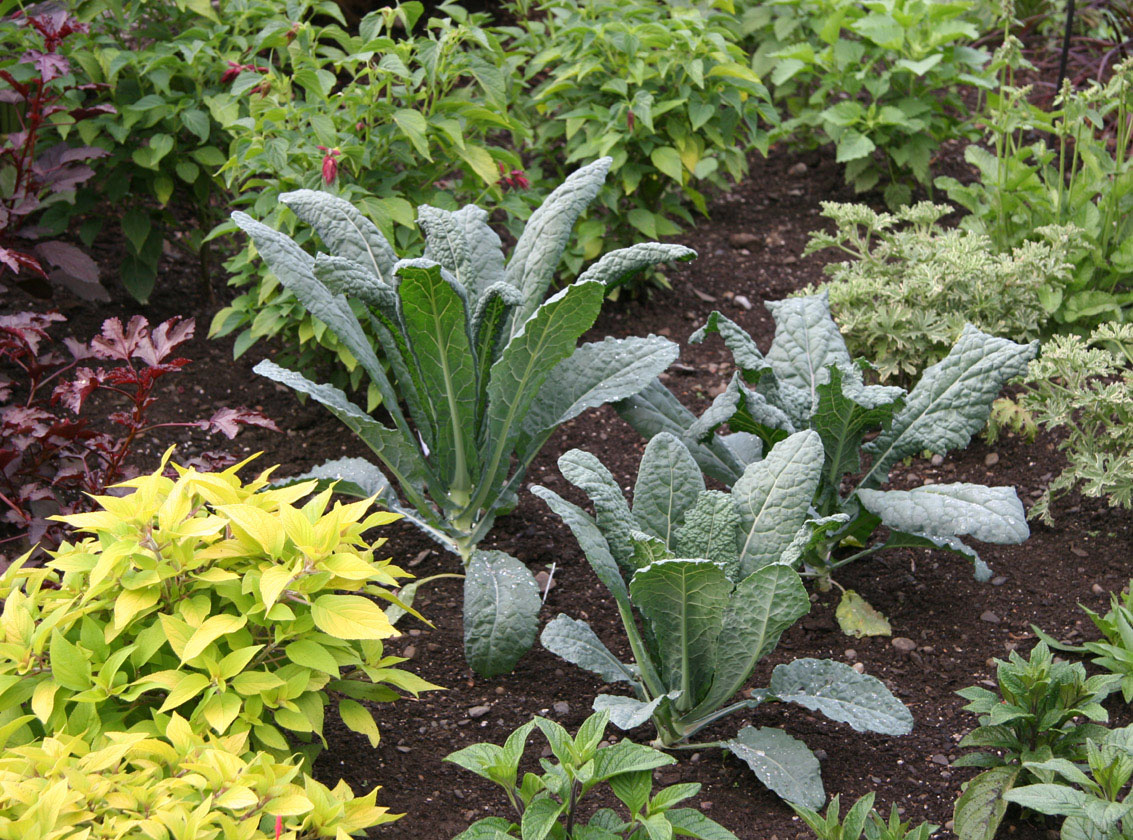 Young men especially are outspending other garden consumers by more than $100 each year.
Young men especially are outspending other garden consumers by more than $100 each year.
· Healthful motives: Gardeners are no longer planting just for beauty. Today, they’re gardening for the stress-relief benefits and nutrient-packed crops like blueberries and kale.
· 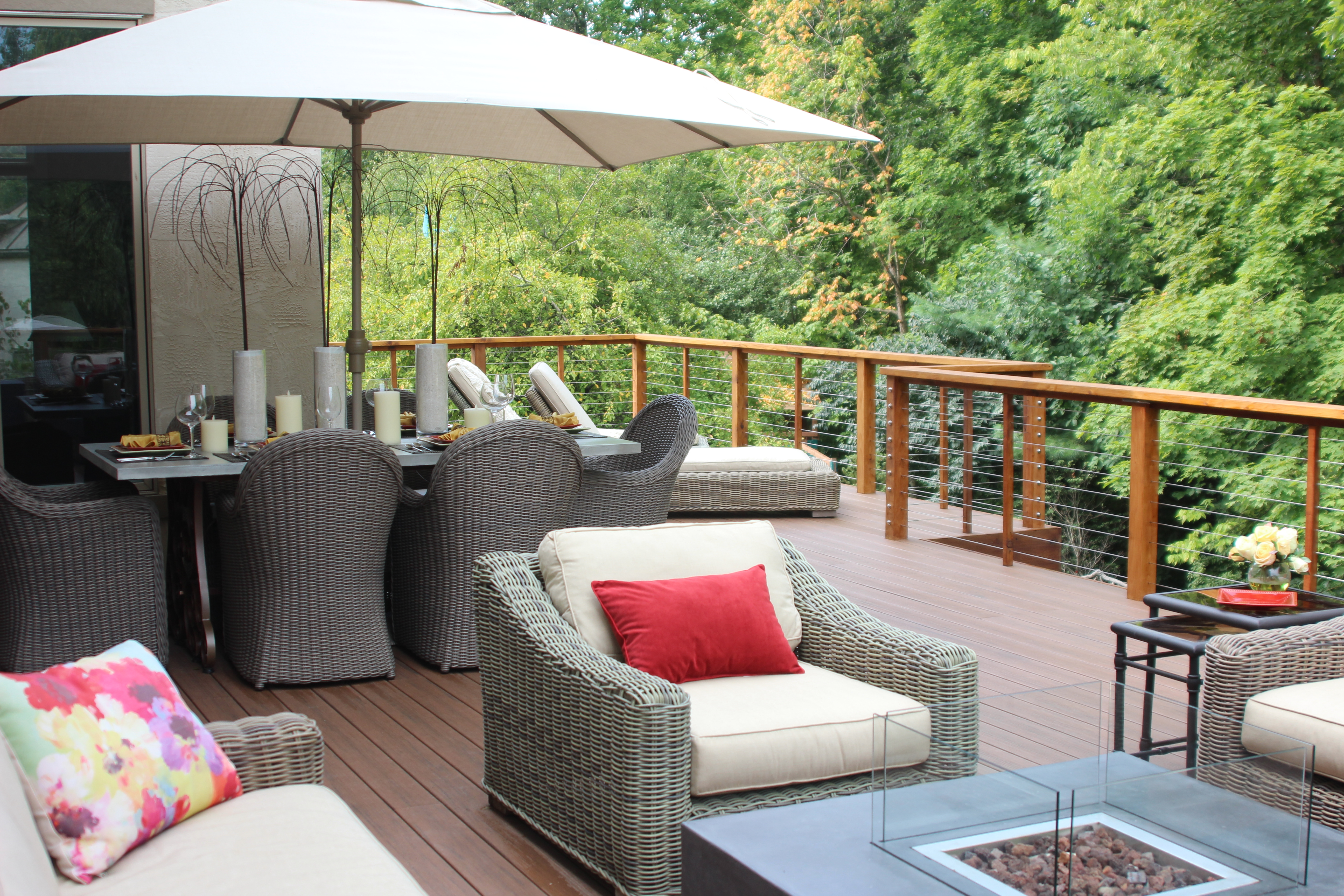 Garden-Tainment: Homeowners are expected to spend $7 billion on outdoor décor as they enjoy cooking, dining and entertaining in their outdoor spaces.
Garden-Tainment: Homeowners are expected to spend $7 billion on outdoor décor as they enjoy cooking, dining and entertaining in their outdoor spaces.
· Compact gardening: Gardeners are investing in jewel-box gardens as they select high-quality plants for their increasingly smaller spaces. In addition, container gardens remain strong as smart solutions for tight spaces and their portability.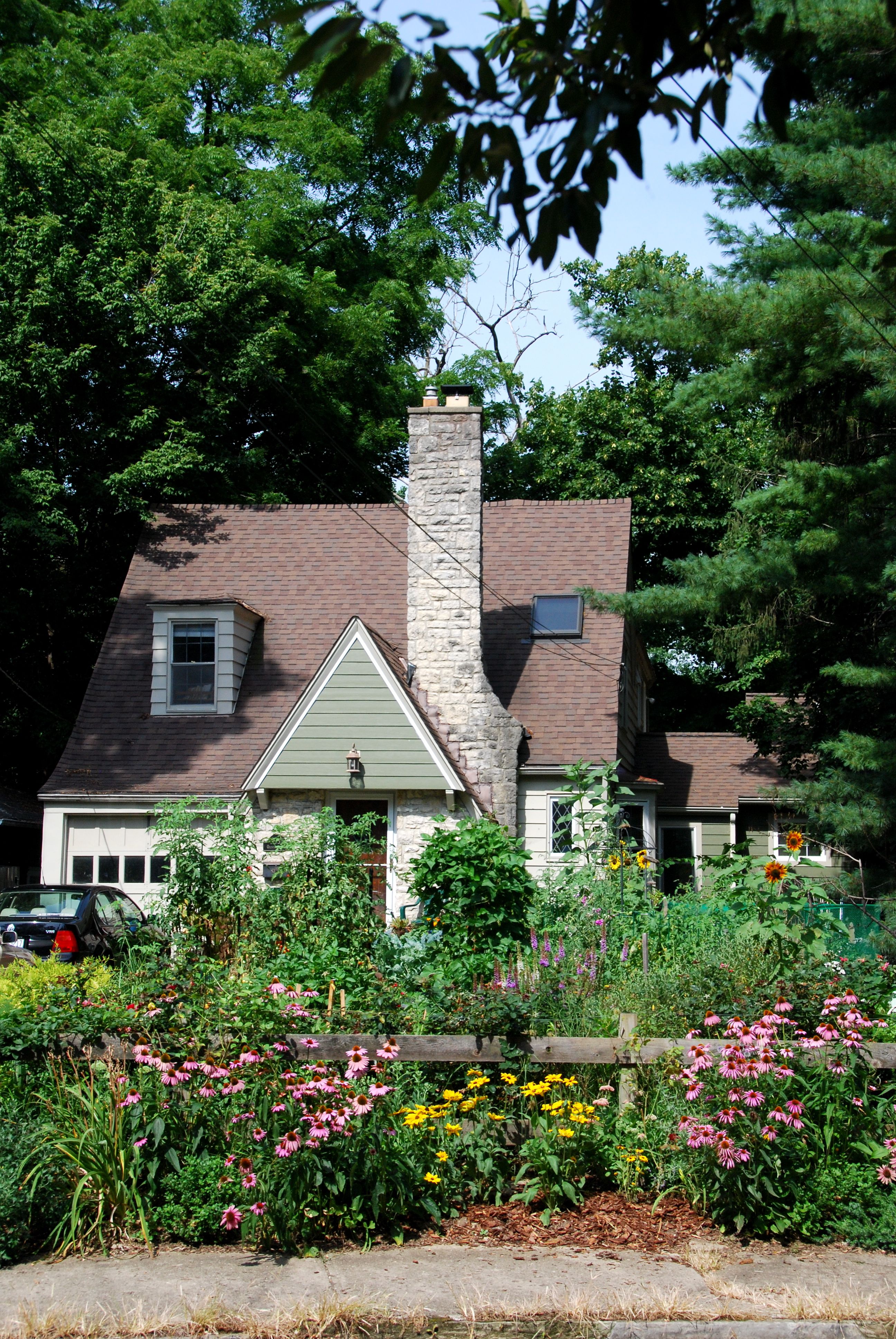
· Bed head style: Purposefully unstyled landscapes are gaining popularity as gardeners welcome a more naturalistic approach.
· RebelHoods: Residents are campaigning to reverse ordinances to transform their neighborhoods to more sustainable agri-hoods – complete with urban chickens, bee houses and lawn-less landscapes.
by GardenLover | Sep 15, 2014 | Gardens to Drive, Trendspotting

By Teresa Woodard
Last month, Debra, Michael and I traveled to Pittsburgh for a jam-packed, 4-day conference with the Garden Writers Association. Here, we met with hundreds of other communicators in the lawn and garden industries and witnessed first-hand many of the Steel City’s green trends.
No-mow lawns – Designed by Hugh Newel Jacobsen, this LEED home features a gravel front “yard” and mixed fescue “no mow” backyard.

Rooftop gardens –The south terrace at the David L. Lawrence Convention Center features a rooftop garden that’s both aesthetic for convention events but also functional, acting as a natural insulator and reducing stormwater runoff.
Succulent sod – On the trade show floor, this sedum sod by Great Garden Plants caught our attention for its ease of installation, trial success and beauty.

Edibles in the landscape – Props to these downtown restaurants (The Porch and Levy Restaurant) for featuring edibles, like chard and basil, in their landscape designs.

Downtown beautification – Just steps from the University of Pittsburgh, Schenley Plaza was recently renovated by the Pittsburgh Parks Conservancy and today features this All-America Selection Display Garden.
Harvesting water — At the Phipps Conservatory’s Center for Sustainability, all stormwater runoff is captured in a lagoon system and passed through a plant-based treatment process for later use in irrigation and toilet flushing.
by GardenLover | Jan 2, 2014 | Trendspotting
What are the trendy gardens growing in 2104?
By Michael Leach
Want to be part of the gardening in-crowd in 2014? Plant tomatoes, beans or some other edible. If this sounds familiar, it is. Vegetables are expected to continue holding their own as must-haves this year.
An estimated 54 percent of the 78 million U.S. gardening households grew vegetables in 2013, according to the most recent survey by the Garden Writers Association. This is the same percent as in 2012 but up a hair from the 53 percent in 2010 and 2011.
The nonprofit, international association of garden communicators and industry representatives also reports lawn and garden spending was an average of $615 per household in 2013, up slightly from 2012.
Since the financial crisis in 2008 and onset of the Great Recession, growing your own food grew in popularity, according to annual trend surveys by the association. Besides saving some money on the grocery budget, people grow their own food for safety, flavor and self-sufficiency.
Still, overall spending estimates for lawns and gardens over the past three years has been relatively static: $600 in 2010, $530 in 2011 and $600 in 2012. The tallies include plants and maintenance and covers in-ground and container gardening.
Lest we get too excited with such expenditures, the survey shows 66 percent of the respondents spent less than $500 on the yards and gardens in 2013.
Forty-one percent of consumers estimate they spent most of their money on lawns and grass. Certainly that’s not a surprise for those of us in the Midwest, where spacious, well-groomed lawns are a source of pride for many.
Vegetables and fruit plants were a close second at 39 percent. Other areas are: perennial flowers (29 percent) third, trees/shrubs (27 percent) fourth and annuals (26 percent) fifth.
by GardenLover | Oct 15, 2013 | Trendspotting
Planting Seeds of Hope
By Teresa Woodard
In Sunday’s Columbus Dispatch, reporter Allison Manning wrote an eye-opening, front-page report “Kids Killing Kids” about teen violence especially in four of our city’s urban zip codes. Later in the afternoon, I found myself on the fringes of one of those zip codes visiting a community garden, 4th Street Farm, as part of a photo assignment.
Yes, this garden was a bit overgrown with weeds much like my own garden at this time of year, but I couldn’t help but smile as I saw residents passing through the garden or reading on a bench. What a hopeful spot in a challenged neighborhood! In such urban pockets, the Dispatch reports more than half of the households live below the poverty level, 30 percent of the housing units are vacant, nearly 9 in 10 births are to unmarried women, and kids grow up learning a “shoot or die” way of life.
Curious to learn more about the garden, I checked out the 4th Street Farms’ website to find details about the groups that came together to design and install the gardens. This outpouring of community support no doubt must lift the spirits of a struggling community, connect the neighborhood’s youth with positive role models active in the project and share the hopeful rewards that gardening so generously affords to all.
Thanks to these generous volunteers and sponsors who are planting seeds of hope at this community garden and so many others! To learn more, check out American Community Gardens Association.
 Known for its bright yellow winter color, this Pinus contorta ‘Chief Joseph’ is a winner in a snowy landscape.
Known for its bright yellow winter color, this Pinus contorta ‘Chief Joseph’ is a winner in a snowy landscape. A unique water feature that brings a soothing sound and visual appeal to this outdoor bar design.
A unique water feature that brings a soothing sound and visual appeal to this outdoor bar design. A great water feature for tight spaces and an eye-catching sculpture carved from an old wooden palette.
A great water feature for tight spaces and an eye-catching sculpture carved from an old wooden palette. A two-sided fireplace is shaded by an attractive sail cloth.
A two-sided fireplace is shaded by an attractive sail cloth. This pollinator hotel by Steven Maravich offers plenty of rooms for beneficial insects.
This pollinator hotel by Steven Maravich offers plenty of rooms for beneficial insects. Greenhouses are becoming popular with backyard gardeners who want to grow food year-round.
Greenhouses are becoming popular with backyard gardeners who want to grow food year-round. Ornamental kale is not just for fall displays. Here, Warwick’s Landscaping uses kale with birch logs, pussy willow, forsythia and ivy.
Ornamental kale is not just for fall displays. Here, Warwick’s Landscaping uses kale with birch logs, pussy willow, forsythia and ivy. This fountain creates an arched entry to this garden design by Landscape Design Solutions.
This fountain creates an arched entry to this garden design by Landscape Design Solutions. This blooming cornelian cherry dogwood (Cornus mas ‘Golden Glory’) is a crowd stopper at Warwick’s display. The multi-stemmed shrub blooms with star-like yellow flowers in later winter.
This blooming cornelian cherry dogwood (Cornus mas ‘Golden Glory’) is a crowd stopper at Warwick’s display. The multi-stemmed shrub blooms with star-like yellow flowers in later winter. Larry Burchfield and his team at Cedarbrook Landscaping offered another fun-filled, themed garden with its “Saturday Night Fever” design. It highlights many vintage finds from this fountain of saxophones to a set of old bed springs turned into a bed of succulents.
Larry Burchfield and his team at Cedarbrook Landscaping offered another fun-filled, themed garden with its “Saturday Night Fever” design. It highlights many vintage finds from this fountain of saxophones to a set of old bed springs turned into a bed of succulents. It’s disco fever – or perhaps spring fever – for Teresa and Michael at the Home & Garden show.
It’s disco fever – or perhaps spring fever – for Teresa and Michael at the Home & Garden show.










